“”The issue is to sell an experience and not a mere product”".
Gian Luigi Buitoni, former president of Ferrari North America and creator of the Dreamketing concept.
A long time ago I found in books, fora and congresses the “marketing of experience” concept and ever since it became a familiar term for me. As a result of that I started to analyze cases and situations where the process happens in a real and tangible way, and I have found examples that illustrate this concept.
In the book Conéctese al futuro, (Connect to the future), Lys Marigold and Faith Popcorn mention that one of the current trends of consumers is individualism: “By feeling unconnected in the depersonalized information era, consumers resort to tailor made and personalized products and services”.
Undoubtedly, consumers are beings whose habits and preferences change. Those of us who have been engaged in marketing for several years are obsessed with the following paradigm: “Deliver everything finished so that the customer only has to use it / eat it / and wear it”, namely, the basic objective sought was the maximum comfort for customers / users and to go from standard to personalized services and now with the direct intervention of consumers themselves.
Time goes by and at present we are seeing a change in several paradigms, and the customer becomes an active agent of change – I would even go further – or until he or she plays the main role in purchases, whether by selecting the materials / ingredients / colors and even the integration or assembly of the final product.
Let’s see some current and successful examples:
IKEA
- Its objective is not to only sell furniture to be assembled.
- It provides a different purchase experience where you choose, measure, combine, transport and assembly a piece of furniture..
- Far from this process becoming a heavy burden, it is enjoyable, a ride, an experience that begins in the parking lot.
- Ikea thought about everything, measuring tape, pencil, notepad, catalogue, the children, food, a mini-supermarket, transportation, its own credit card, even if required, assistance in assembling..
- It has a simple but integrating and impact value proposal: “We do our part, you do the same … And together we will save money!”..
- Therefore, far from being the selection of a finished piece of furniture for the household, it even becomes a gathering of family, relatives and friends, and everyone participates and at the end they can all proudly say: “We build it and we made it!”..
BUILD A BEAR
- Then it went from selling standard and finished stuffed animals (as in many other businesses) to the active participation of a girl (customer), who chooses the colors, forms, eyes, heart and other components to at the end have a bear she built..
- The story does not end there, the girl gives it a name and registers it (birth certificate).
- The relationship continues because she will buy the bear clothes, accessories and novelties that are being constantly launched.
- A complete purchase experience where the isolated elements of a teddy bear are the ingredients to build a unique bear.
THE “ENCHILADAS” HOUSE
- From the sale of standard “enchiladas” (a special Mexican taco) where the client chooses the “tortilla”, the filling, the sauce and the finishing touch to the “enchilada”, and thus having a unique and personalized “enchilada”.
- Variety of tortilla types.
- Variety of sauces / “moles” (a special Mexican sauce).
- Variety of fillings (meat).
- Cheeses, onions and other elements to finish an “enchilada”.
- A Mexican cuisine business where the client participates in the ingredients he or she wants to use to prepare a unique and personalized “enchilada”.
With these three examples (two international and a national one) we prove the customers’ trend to actively participate in the preparation / assembly / setting of their products and services, playing this central role to create a personalized product. To compete with a different value approach the companies I mentioned established value variables that were nonexistent in the market.
Besides breaking the paradigm of competing only through prices, because these three companies cannot be compared (products / services) break the value perception generated:
- How much is an “enchilada” that has the ingredients, sauce, meat and decoration that I like? With what can I compare this?li>
- How much is a teddy bear worth to a girl who chose the pieces and gave it a name and who also has a birth certificate?
- How much is the piece of furniture I chose and assembled over a weekend with the participation of my entire family?
These are all unique experiences.
In conclusion, we all have before us the challenge to involve our customers in a process, and this is an interaction that will create a unique experience and a personalized product, and through it we can compete with added value and not only with price. And in closing, I quote a paragraph from the book La estrategia del océano azul (The blue ocean strategy), which undoubtedly synthesizes everything I mentioned above:
“Innovation in value is the cornerstone of the blue ocean strategy. We have given it this name because instead of whirling round victory over competition, the objective is to not be important because of the qualitative leap in value both for the buyers and also for the company, and by the way opening a new and unknown space in the market”.?


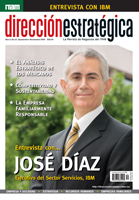
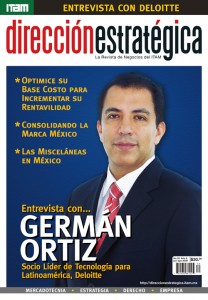

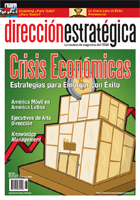
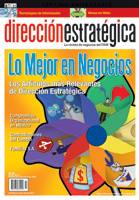


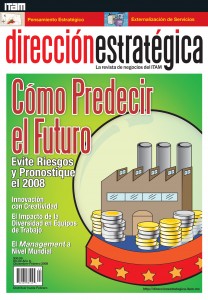

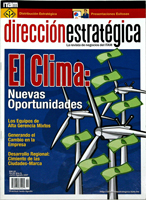
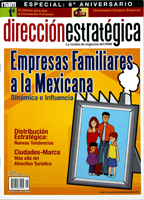
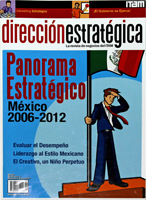
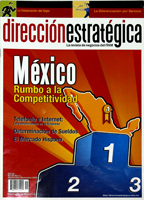
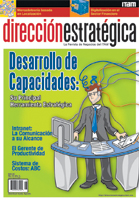
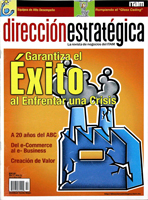
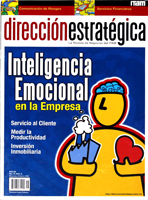
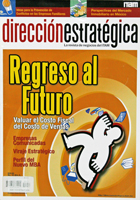
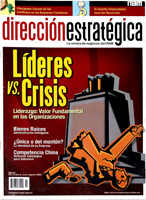

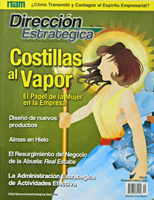

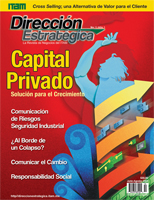
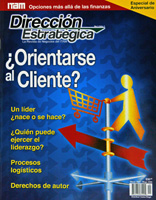
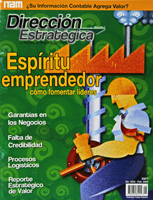
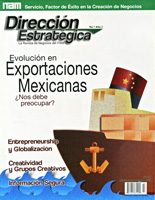
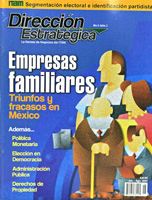

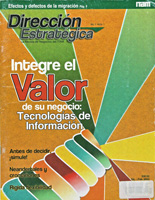
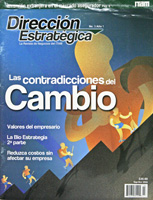
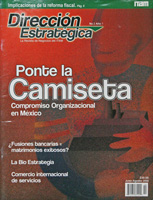
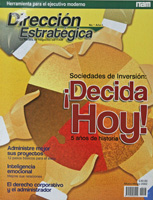
6 Comments
Ud ha tocado un tema real y de suma importancia en nuestros dias. Como empresario necesitamos innovar para poder vender nuestros productos. Un acertado e importante tema del cual me gustaría conocer más a fondo. Ojala podamos contar con un artículo más completo sobre esta información.
Sin duda, la experiencia del cliente es lo mas valioso.
Por ello se importante escuchar, diseñar, atender -simpre a tiempo- cualquier solicitud manifiesta.
Cada Cliente es diferente, la empatía debe prevalecer en todo momento, solo asi podremos
” vender una experiencia y no un simple producto” como mencionas.
Muy interesante su publicación.
Siempre es muy bueno contar con estos recursos.
Por el mismo ritmo en los negocios, es difícil darse un tiempo para una buena introspectiva empresarial, y el tema de la mercacotecnia es fundamental para un crecimiento en todos los ámbitos. Gracias por sus apuntes. Seguramente serán de utilidad. Saludos.
es mas que interesante ya que es otra opción , otra oportunidad de hacer negocio y de generar ingresos y aparte como estamos y en la actualidad es lo que mas busca la gente ….
interesante y útil.
Excelente Artículo !!
Me gustaría saber mas sobre el autor Fernando Velasco… ¿ Cual es su profesión ? ¿Ejerce algún puesto relacionado con la Mercadotecnia ?
Así como se menciona en otros artículos sobre los autores.
Gracias.
DANIELA, soy Conferencista e Instructor Internacional en Ventas, Servicio al cliente. Buscame en http://www.velascopino.mx; alli tengo mas articulos.